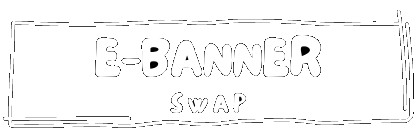The instructor should start by giving a brief overview of the history of pickleball and how it got its name. This will be followed by a discussion of court size, different areas, and the significance of each. Younger players or those who have not played racket sports; should probably practice bouncing the ball on the paddle while standing still and then while walking around. Next, players should simply hit the ball back and forth in the air from a short distance and then stepping back one step and repeating. Players should see how long they can keep the ball going. Repeat hitting the ball on the bounce. With experienced racket sport players, the initial practice is probably not necessary or can be practiced at home. Safety should be stressed now and throughout the beginning lessons. The teacher should introduce the serve and have students practice in a cooperative manner. As you can see Pickleball lessons for beginners are fun and almost anyone can master the skills of Pickleball, with the right coach of course.

The Court
Introducing the court to players. Players will learn the court diagram provided by the USAPA, full diagram , for the dimensions and the names of the lines. The dimensions are the same as a doubles badminton court, 20’ X 44’. The net is 36” high at the pole and 34” at the centre. The non-volley zone is marked 7’ back from the net. It is critical to take a few minutes to explain the non-volley zone and its importance.
Players cannot hit a ball in the air in that zone. They can stand in there but they cannot hit the ball in the air. A player may go into the NV zone to play a ball that lands in there but they must then vacate the zone before taking the next ball in the air. The purpose of this zone is to prevent the powerful smashes at the net that would end most rallies quickly. There are many long rallies in pickleball that result because players must stay back. If in the action of making a volley shot any part of your body or clothing goes on the NV-line or in the non-volley zone, it is considered a fault and the other team gets the point or down.


